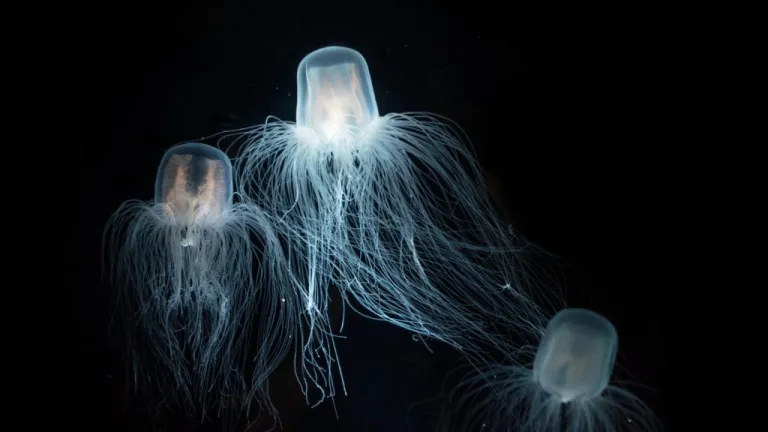Spanish researchers from the University of Oviedo examined the genome of the jellyfish Turritopsis dohrnii, known as the “immortal jellyfish”. Unlike its relative species, this jellyfish can, under certain conditions, return to the previous stage of development and restart its life cycle.
This species is common in temperate and tropical waters of the world ocean. When adult, Turritopsis dohrnii is a small jellyfish with a bell size of about 4.5 millimeters. The eggs of the female jellyfish are fertilized in seawater and develop into oval plate-shaped planulae specific to jellyfish larvae. The planules stick to the soil and develop into hydroid polyps, creatures that resemble sea anemones. The adult jellyfish then branches off from the polyp.
This cycle of development – planula, polyp, jellyfish – is typical for jellyfish, but Turritopsis dohrnii has a unique feature. If the bell of an adult jellyfish is damaged or exposed to stressful conditions (e.g. changes in water temperature or salinity, prolonged starvation), this jellyfish can turn into a polyp again. In this case, it settles on the seabed by sucking its own tentacles and turns into a new polyp that can form many jellyfish over the next day and a half. Thus, T. dohrnii can avoid death from old age even if it falls victim to a predator. Jellyfish were described by the famous German biologist August Weissmann in 1883, and their ability to reverse their life cycle was discovered in the mid-1990s.
In a new study, scientists turned to jellyfish genes to learn the molecular genetic mechanisms of jellyfish rejuvenation. They sequenced its genome and compared it to that of T. rubra, a related jellyfish species with a normal life cycle. Compared with its relative, the “immortal jellyfish” had twice as many genes involved in DNA repair and protection, the researchers found. The authors also found differences in many other genes, including those involved in replication and stem cells. The “immortal jellyfish” have mutations that preserve telomeres, which are DNA sequences at the ends of chromosomes that normally shorten with age. These differences may be the key to jellyfish immortality. Source













